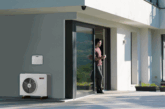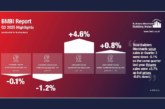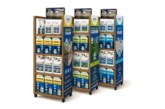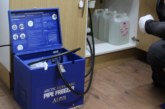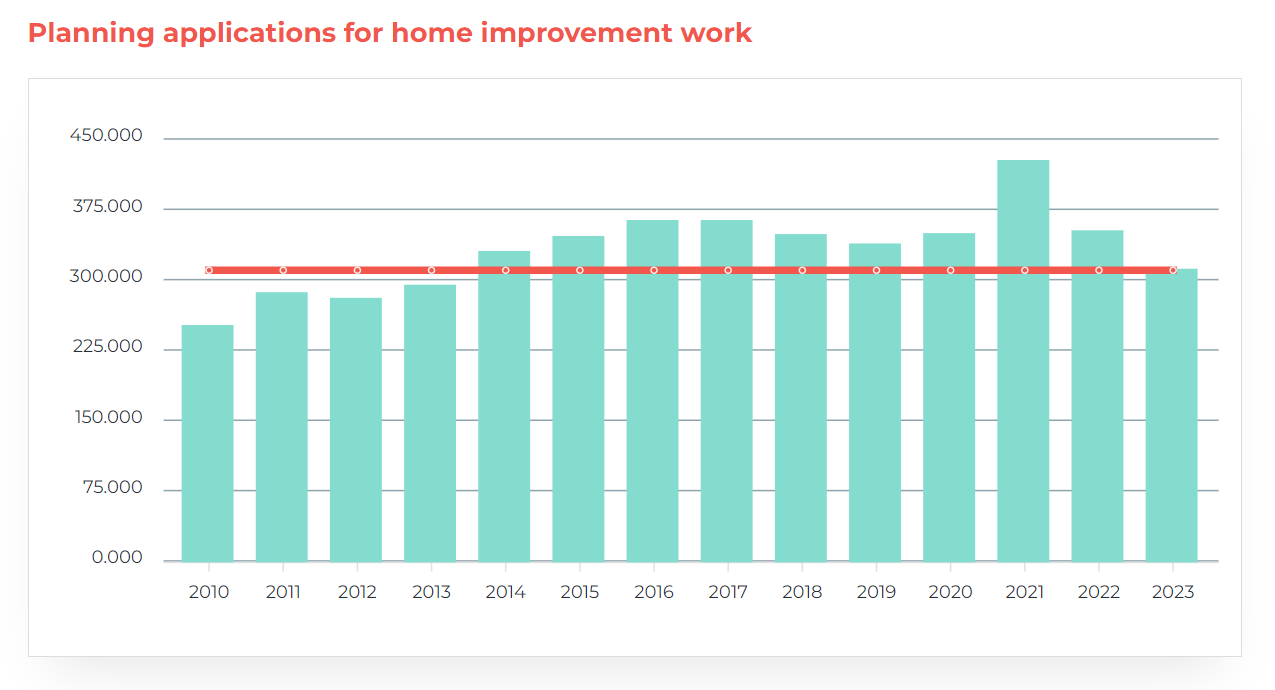
Findings from Barbour ABI show that homeowners are turning to green energy upgrades to reduce bills despite a general decline in home improvement activity.
The Barbour ABI Home Improvement Index reveals that demand for extensions, loft conversions and garden work has fallen dramatically following a post-pandemic boom, with the number of home improvement applications falling by 27% overall since 2021 with 2023 seeing the lowest numbers since 2013.
The fall follows an unprecedented spike in activity following the pandemic that saw nearly 450k applications in 2021, however the new insight into homeowner spending trends does show that focus is instead being switched to green energy upgrades such as solar panels and insulation.
Brian Green, Barbour ABI consulting analyst, said: “The build-up of excess savings from reduced spending on holidays and entertainment and the sense of being caged during lockdown generated a surge in home improvement in 2021. That exuberance in the market has now yielded to the downward pressures created by a cost-of-living crisis.”
Solar and insulation demand
It is not a story of decline across all spending types. In 2023, there were two and a half times as many applications citing solar panels as in 2019 while insulation is one and a half times higher than in 2019 and 60% up since 2021.
Brian explained: “There has been a swift transition over the past year or so in the motivations for home improvement among households. From a pandemic-prompted eagerness to invest in improving outside space or a home office we have seen households increasingly driven by the cost-of-living crisis.
“It’s clear that a desire to cut household energy bills is driving a shift to green energy solutions. While home improvement applications fell, the number including solar panels is skyrocketing. Insulation is on the up too – people are looking for easy adjustments that they can make to try and bring energy bills under control.”
Brian added: “The upshot is that there are challenges ahead for those working within the home improvement sector. However, there are also opportunities for businesses who can adapt to shifting market trends.”
Regional variations

The Barbour ABI study also demonstrates that the cost-of-living crisis is impacting harder on some regions than others. The regions that saw the biggest drop last year were Wales (-16.8%) and the North West (-14.1%) and the data analysts contend that “low house prices relative to the rest of Britain and recent falls in prices are inevitably inhibiting investment in home improvement in these areas.”
Conversely London saw the smallest fall in applications with wealthy areas in the capital such as Kensington and Chelsea seeing applications rise sharply in contrast with lower income areas in the rest of Great Britain.
The Home Improvement Index is now available on Barbour ABI’s website.


